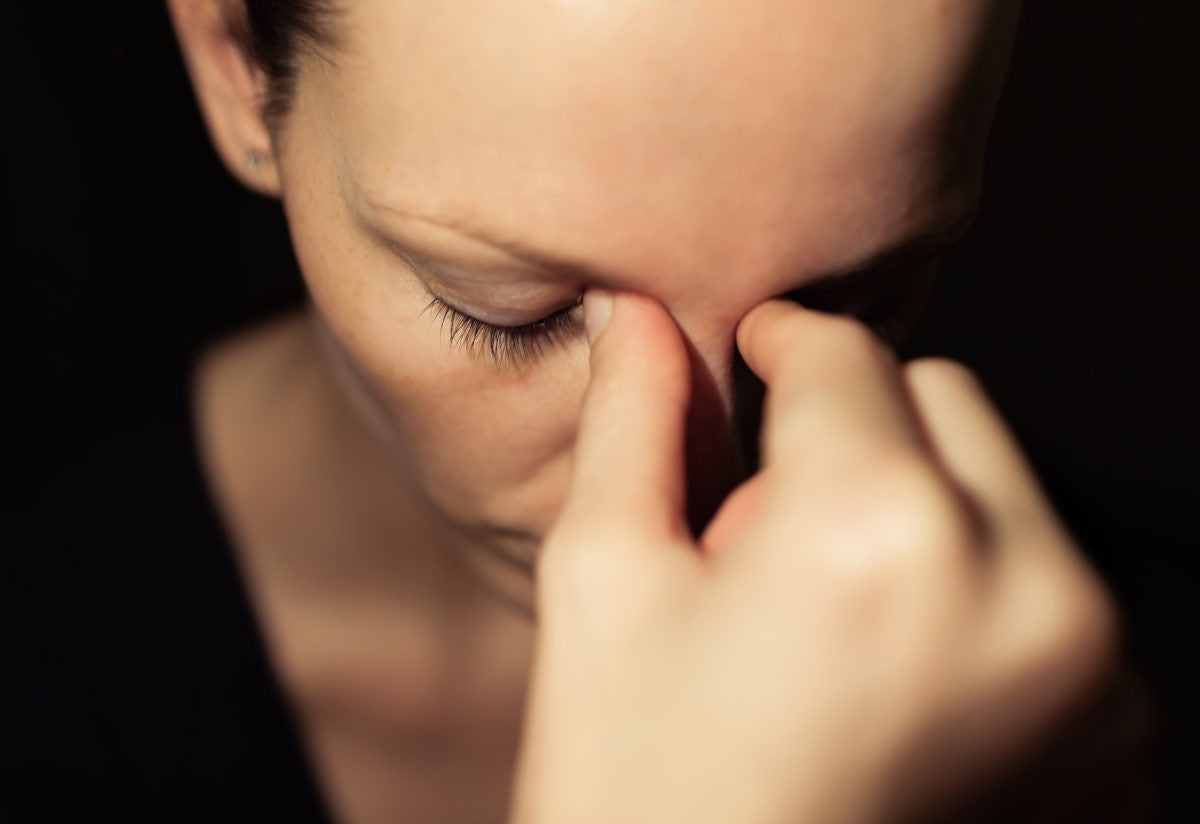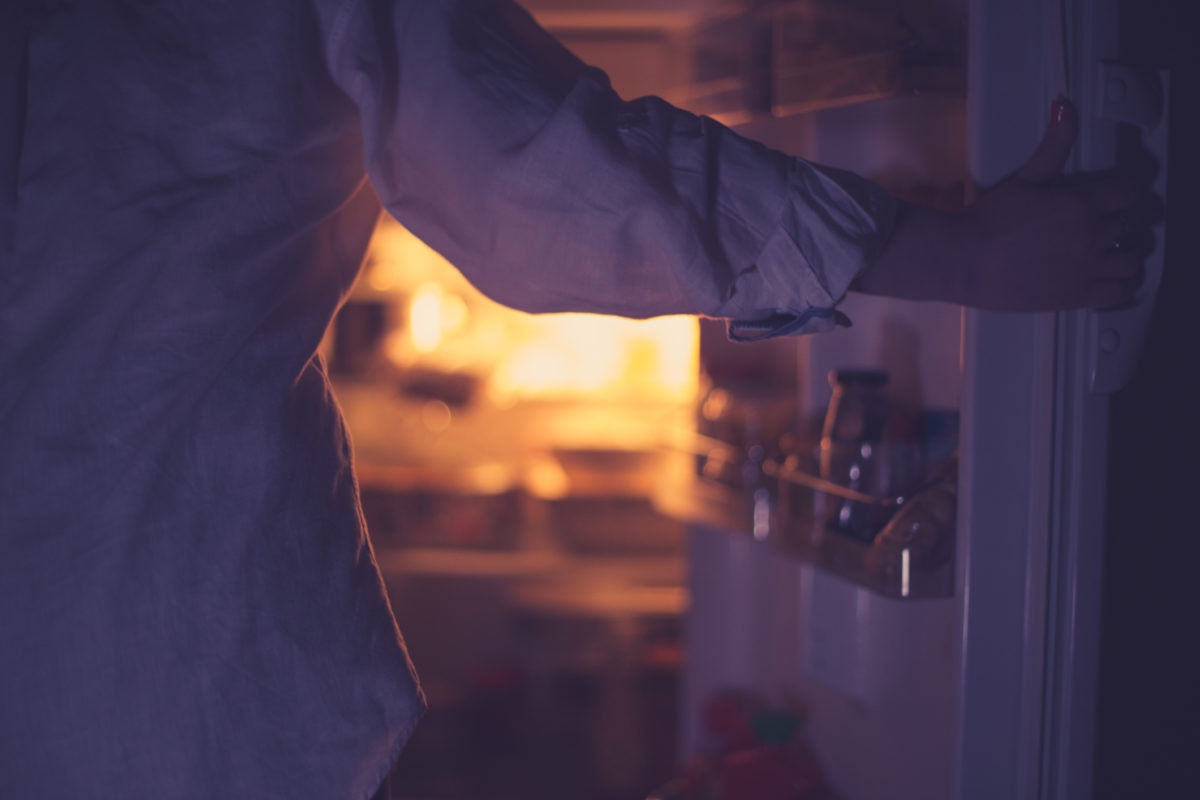I published my first piece on Parent.co one year ago. The focus of that piece – and most pieces I've written over this past year – is how better research skills can make more capable, confident, and relaxed parents. I've written about why you shouldn't panic about sending a baby to day care, why you shouldn't be terrified of laundry pods, and why you can probably let your snoozing child stay in her (attended!) car seat.
I advocate doing strong and thorough research and making well-reasoned decisions based on that research, even if it acquires you a lot of internet trolls.
Except when it comes to driving.
I got rear-ended last spring. As accidents go, it was thoroughly unremarkable. Another driver reached for her cell phone and hit me. Thanks to good brakes, I didn't hit the UPS truck in front of me. The other driver was uninsured, so the experience was expensive and frustrating, but I was thankful that no one was injured.
My son moved on months ago – really, mere minutes after the accident when the officers let him play with the siren – but I was terrified for the entire summer. When I'd get behind the wheel, even hours before then, my reptilian brain would take over and no amount of data on driving safety could convince me that either I or my child was safe. What if there's heavy traffic and I can't get over to the right side and I have to keep driving? What if we get hit again but this time I can't stop fast enough? What if my son notices my panic and grows up as irrationally afraid of driving as I am? What if I get killed? What if he gets killed?
The what-ifs didn't abate with driving, as every car coming up in my rear-view mirror was certainly about to hit me and every car turning into traffic was surely going to swerve into my son's side of the car. Every time I'd gotten safely back to my garage, I would feel guilty for being so panicked by something that nobody else seemed to have trouble with.
With fall approaching, and along with it daily drives to preschool, I knew I needed a new approach. So instead of turning to the data on car safety or even the comparatively strong driving records of anxious drivers like me, I turned to psychology.
Anxious people are creative people
The most freeing concept in Barry McDonagh's "DARE: The New Way to End Anxiety and Stop Panic Attacks" is that anxious people are not weak or feeble people. We're creative people. The same creativity that lets us dream up countless hours of ambitious craft projects also grants us a unique knack for imagining worst-case scenarios.
The key to being a less-panicked person, McDonagh asserts, is being as creative in response to your anxiety as you are in summoning it.
When you're in the middle of your anxiety (whether it manifests in the form of a panic attack or not), you cannot think calmly and rationally about all that you know about a topic. You can't calm yourself down with reason, because you didn't reason yourself into the situation. You need a phrase that's both easy to remember and apply mid-panic. You need to DARE.
Defuse
The first step of the DARE strategy is the hardest. McDonagh asks readers to defuse their panic by answering each "what if" with "so what?"
What if there's heavy traffic and I can't get in the right lane? So what? I'll merge over when I can and turn around at the next light.
What if we get rear-ended? So what? I can't prevent what the driver behind me might do, but I can leave enough space in front of me so we don't hit others. If we do get hit, well, maybe my son will get to play with the siren again, and I'll have an excuse not to cook dinner.
Sometimes, my what-ifs seem too grim for flippant so-whats. I can joke about the chores I won't have to finish or the facebook comments I'll never have to read if I get injured in a car crash. I can't joke about that happening to my son. However, I can ask myself if never leaving the house again is really living.
Allow
Once you've defused the situation, it's time to allow. McDonagh argues that many of the strategies we use to cope with anxiety are designed to ignore or push away anxiety. For people who experience panic attacks, this strategy tends to backfire, as focusing on not having a panic attack only makes people more aware of the signs of an impending panic attack, which leads to panicking about panic.
McDonagh asserts that we can't rid ourselves of anxiety, because anxiety is baked into the human condition. Our job is not to dismiss our anxiety. It's to sit with it as more of a detached observer.
"Let this uninvited guest be welcome," McDonagh advises. "Never get upset when anxiety shows up at your door. Smile and be the perfect host: invite it in, sit it down, and serve it tea."
That invitation is a wonderful opportunity for anxious creatives. McDonagh encourages readers to visualize their anxiety:
If you're a visual type, give the anxiety a mental image like a ridiculous cartoon character. Come up with a great nickname for it. Imagine it about a foot tall, telling you about all the terrible things that might happen. Give your new friend a comical squeaky voice like it has just inhaled a can of helium. It bursts through your front door no bigger than a small dog, squeaking profusely.
My anxiety mascot doesn't have a name yet, but she's a six-inch tall cartoonish mix between Cousin Itt and the McDonald's fry kids. She wears black and white striped tights, a rotating collection of neon Chuck Taylors, has long purple hair in front of her eyes, and is prone to bursting into my office yelling "PANIC!!!!!"
McDonagh instructs us to be hospitable to our anxiety, to acknowledge it, and even invite it along with us. So now at 3:00 when I'm getting nervous about the preschool pickup run (and its proximity to the high school full of new and distracted drivers), I literally say, "Let's go, Anxiety." Then I picture my anxiety mascot hanging from the rear-view mirror.
Run toward
McDonagh's third step is to run toward anxiety instead of away from it. The theory underlying this step is that the adrenaline produced by anxiety is not physiologically different from the adrenaline we experience when we're excited. When we tell ourselves we're excited by anxiety, then we will panic less about any physical sensations that accompany it. This advice may be especially helpful to those afraid of having panic attacks.
No amount of talking about being excited about driving is actually making me excited about driving. But I do find it helpful to be excited about what I'm driving toward: what my son is going to learn about trees, what I'm going to research about salmonella, and the gummy bear taste test we're going to conduct after school.
Engage
The last step focuses on what to do after an anxiety-provoking event. When you engage, as McDonagh puts it, "you keep your anxious mind out of the way so that your nervous system can fully desensitize and relax back down."
This step is relatively easy when you're coming home with a car full of children. They'll solve the engagement problem for you with homework help or requests for a ninth reading of "Captain Underpants."
When I come home alone, I find it much harder to engage because the silence affords me an opportunity to think about all of the things that went wrong with the drive. I find it helps not to sit down. For 10 minutes, I run around clearing up from the morning, which helps me shake off my anxious feelings before sitting down with a clear head.
I don't believe in the power of any single acronym to completely transform a life, but McDonagh's book provides a great starting point for the creative among us who feel crippled by anxiety. Once you've created an anxiety mascot and invited it in, you'll find it easier to try all sorts of things that you might not have been willing to do before – like clicking "submit" on a personal essay about your anxiety.



